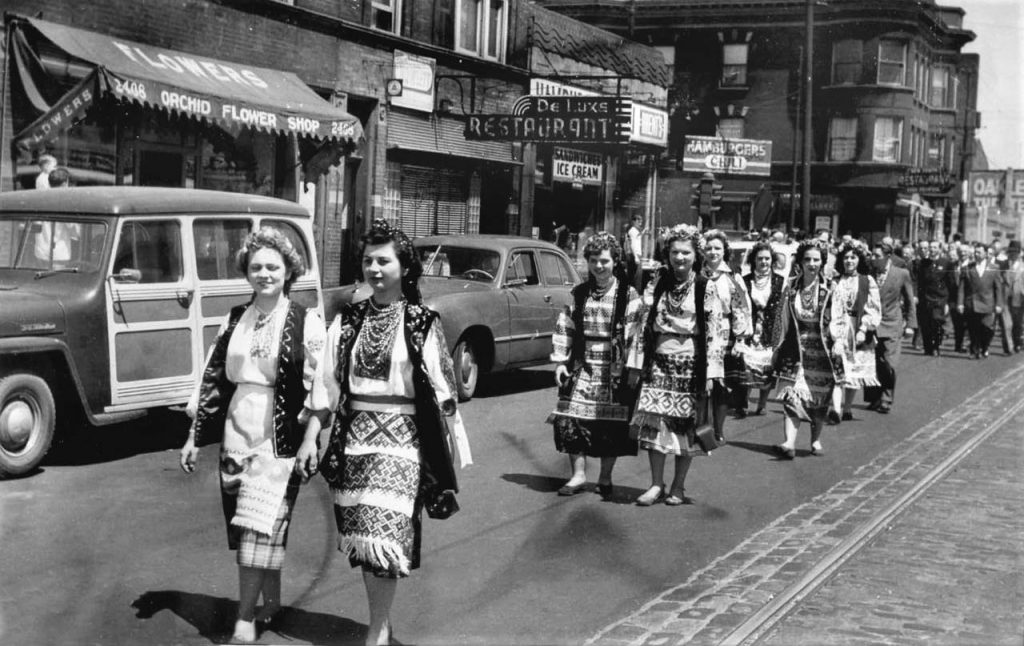CHICAGO – The Ukrainian National Museum hosted an exhibit opening on October 1 and presentation of the work of Ukrainian Petro Oleksijenko, a military and civic activist, author and photographer. All of the photos in the exhibit were discovered in and collected from the archives of the Ukrainian National Museum. Until that point, their existence...

